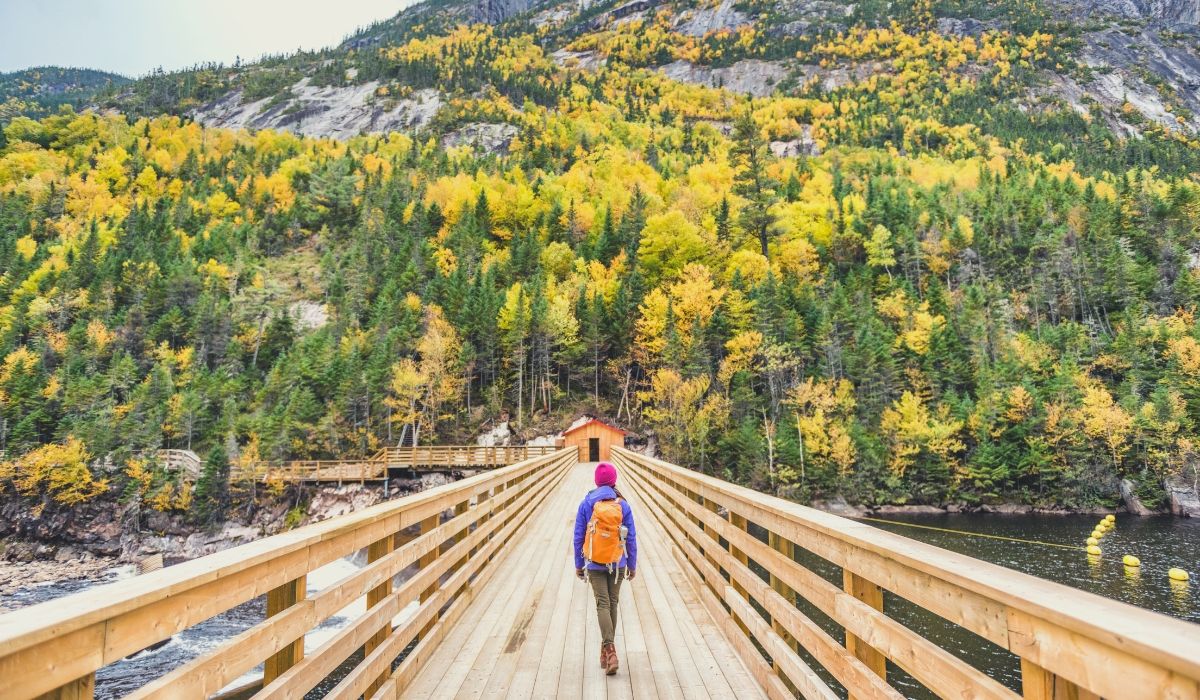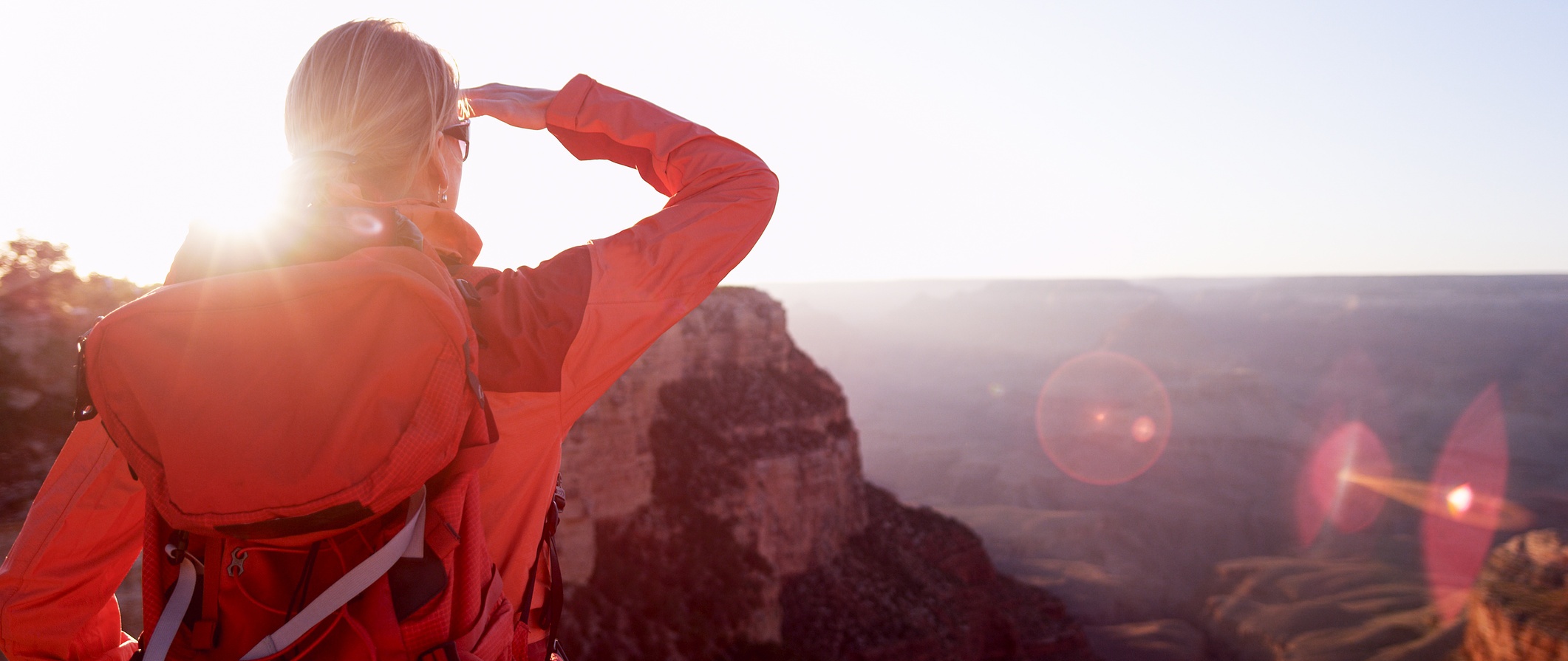Going on a hike is meant to be a relaxing and leisurely activity to appreciate the natural world, but it requires more preparation than a walk through the neighbourhood.
Having the proper gear, mindset, and knowledge is a must when going on a longer hike, especially in a new environment. These are three of the most common hiking mistakes to avoid and keep yourself safe.
Proper Footwear

It can be easy, especially as a beginner, to get started down the trail in your everyday shoes. Whether they are your specific exercise shoes or just your everyday street shoes, they are most likely not built for the outdoors. There are a number of reasons to wear hiking boots instead of sneakers, but the main point is that hiking boots are designed for hiking.
They can stand up to the wear and tear that the environment brings, and can adequately protect your feet from the elements. More than protection, they offer support and comfort while on your hikes, taking care of your feet and not putting unnecessary strain on them.
Environment-Specific Gear

The necessary equipment to have while on the trail varies from place to place and season to season. If in hotter climates, such as deserts, always remember to put on sunblock, wear wide-brimmed hats, and carry an ample supply of water.
It won’t do you any good to run out of water in the middle of a desert, miles away from your car. For colder climates, it’s crucial that you dress in several layers to protect yourself from the cold.
In wet climates, it’s a good idea to have waterproof shoes; it seems reasonable, but these are super common hiking mistakes when first starting out.
Pack Weight

There is such a thing as being too prepared when it comes to hiking, and one of the common hiking mistakes beginners make is packing too much.
Having a backpack with the essentials to keep you healthy and safe is necessary, but over-stuffing your pack can lead to danger.
Carrying extra weight will put more stress on your muscles and joints, which can lead to injury if you have a misstep along the trail.
Pack your bag accordingly for your hike, but do not stuff it so much that it actually becomes a burden you must heft and struggle through the whole trip. Less is better in this case.
Pack what you need for a trip, wear the right clothing, bring the essentials, and prepare for the worst-case scenarios. But don’t pack so much that it will cause the worst-case scenario to occur.


